Professor Richard Silberstein: Messages to the Long-Term Memory of Your Audience
The first Neuromarketing World Forum 2012 (Amsterdam) gathered around 100 people interested in neuromarketing from an academic or business point of view, from top neuroscientific researchers to commercial parties that discussed the key challenges and opportunities of using neuromarketing tools to enhance and add value to market research.
Thanks to Neuromarketing Science & Business Association, below you can find Prof. Silberstein’s presentation from this event:
Professor Richard Siberstein (CEO Neuro-Insight & Professor at Swinburne University) started the conference with a presentation about messages to the long-term memory of the audience. On conducting research at Neuro-Insight, they use Steady State Topography (SST) in order to measure changes in the delay between the stimulus and the response (measuring neuro-processing speed in different regions of the brain). Professor Silberstein stated that the cortex is specialized, as specific regions of the cortex are specialized for specific functions, enabling researchers to measure changes in brain activity and translate the results in consumer psychology.
Lateral prefrontal cortex becomes active when an experience is stored in long-term memory (a range of different types of memory processes), and the process involves changes in the synaptic strength of various networks. When an experience is stored in long-term memory more strongly, the process starts in the hippocampus and then moves around during the next 7 to 10 days during sleep and dreaming. Prof. Silberstein commented that the activity bounce between left and right frontal lobes reflect approach (acceptance) / withdrawal (rejection) (whether the stimulus is perceived as attractive or repulsive).
Professor Silberstein said that this is almost a tautology: if relevant information in an advertisement does not enter long-term memory, the advertisement cannot be effective, as most advertising is presented well in advance of the time the purchase is made (the interval between viewing can be days, weeks, etc.). Within an advertisements, there are certain points in time in which high long-term memory encoding is very important: advertising effectiveness is correlated with the level of long term memory encoding at the time of key message and branding. This insight can optimize branded content. If people prove high long-term memory encoding on some parts of the ad, but low on the branding, they will remember the ad, but not the brand. Or worse, they will think the ad is for another brand.
In order to examine the relationship between brain activity changes at frontal sites and long term memory for advertisements not previously seen, he used the hypothesis that scenes associated with increased prefrontal excitation will be better recognized after a period of 7 days than scenes with reduced prefrontal excitation. During an experiment Prof. Richard Silberstein presented, subjects (198 female shoppers) were asked to choose products they need from some shelves (presented in the image below) and to put them in their shopping basket. Then they were invited in a room to watch a video material that contained also some advertisements (while they had their brain activity recorded). The video material included a new ad for jam. After leaving this room, they were told that their shopping basket was lost and that they needed to choose the products again. The interesting part is that they choose brands (the jam) that were advertised a few minutes before, and this brand shift was attributed to the advertisements they watched. The hipothesis was that the level of long-term memory encoding would be high for those who shifted to the advertised brand.

Products used in the experiment
For presenting the approach/withdrawal measure, Professor Silberstein stated that when the left prefrontal cortex presents more activity than the right, approach is perceived (like). With right more active than the left, it is withdrawal (could be embarrassement).
The peeks in memory are very important, as they are relevant to the way the brain stores sequences of information. The brain does not store information like a tape recorded, where every event has the same importance as any other event. It’s more like a camera taking snapshots of important events, and these important events are used as hooks (iconic triggers) by the brain in order to recreate/reconstruct a sequence (the reconstructive theory of memory).
Professor Silberstein also presented results on conceptual closure (there is a reduction in memory encoding when a certain moment ends an idea, delimiting concepts and events) and advertising effectiveness, concluding that high peeks in long-term memory encoding (iconic triggers) indicate deeply encoded imagery and sound used by the brain to reconstruct entire sequences, conceptual closure marks the temporal transition from one set of strongly associated memories to another set of such memories. He emphasized that the management of conceptual closure can have a profound impact on advertising effectiveness.
Professor Silberstein emphasized that memory encoding is the key to effectiveness in advertising and presented the results that sustain this statement. He also presented the way brain remembers events separately and how small changes in advertising can have powerful effects. As he said, “to rationalize is to tell rational lies”.

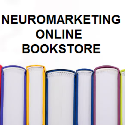
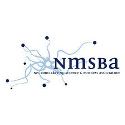









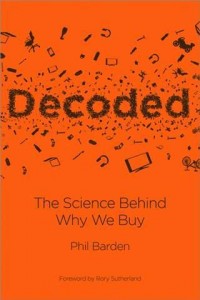

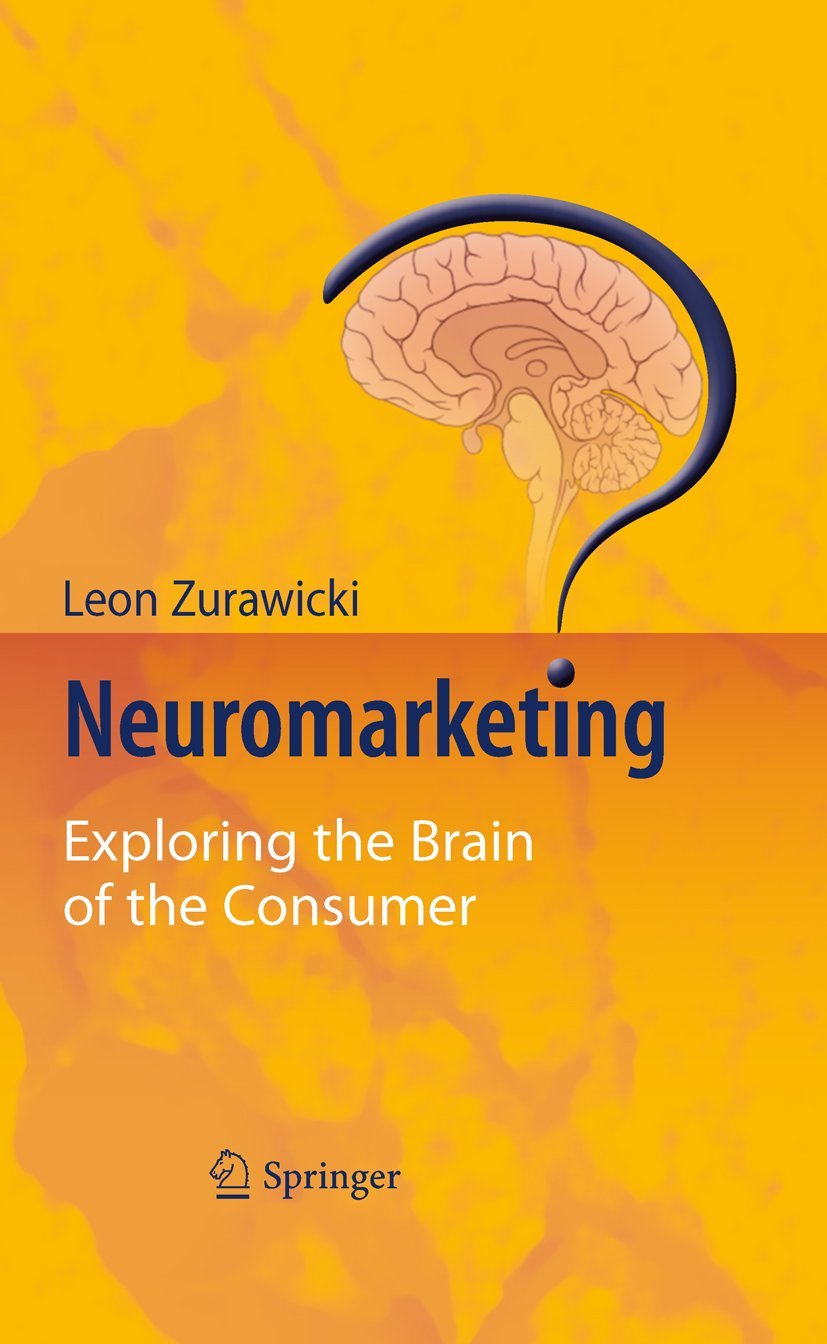




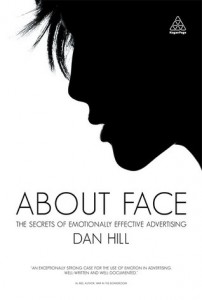


[…] Professor Richard Silberstein: Messages to the Long-Term Memory of Your Audience (neurorelays.wordpress.com) […]
[…] World Forum 2012 (the first one included the presentation of Professor Richard Silberstein on Messages to the long-term memory of the audience). Below you can find Dr. Stephen Sands‘ (Chairman, Co-Founder and Chief Science Officer for […]
[…] World Forum 2012 (the first one included the presentation of Professor Richard Silberstein on Messages to the long-term memory of the audience, and the second one was Dr. Stephen Sands on Recording Brain Waves at the Supermarket). Below you […]
[…] World Forum 2012 (the first one included the presentation of Professor Richard Silberstein on Messages to the long-term memory of the audience, the second one was Dr. Stephen Sands on Recording Brain Waves at the Supermarket and the third […]
[…] World Forum 2012 (the first one included the presentation of Professor Richard Silberstein on Messages to the long-term memory of the audience, the second one was Dr. Stephen Sands on Recording Brain Waves at the Supermarket, the third was […]
[…] World Forum 2012 (the first one included the presentation of Professor Richard Silberstein on Messages to the long-term memory of the audience, the second one was Dr. Stephen Sands on Recording Brain Waves at the Supermarket, the third was […]
[…] World Forum 2012 (the first one included the presentation of Professor Richard Silberstein on Messages to the long-term memory of the audience, the second one was Dr. Stephen Sands on Recording Brain Waves at the Supermarket, the third was […]